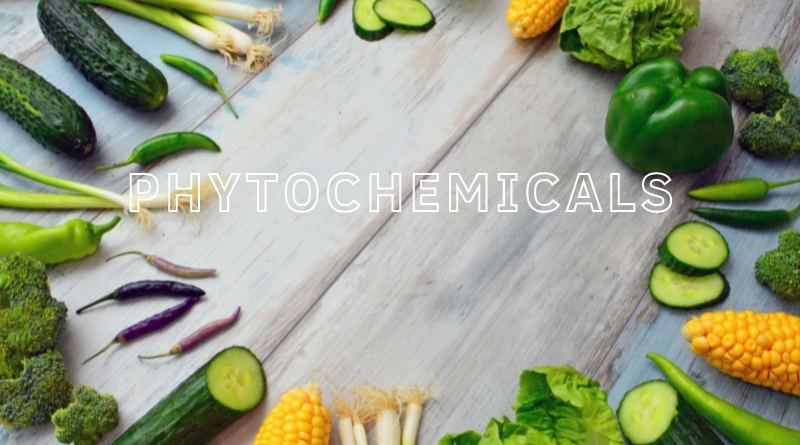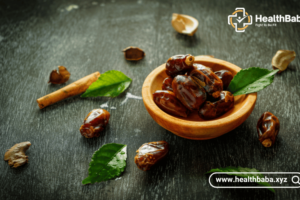These substances as strange name, nowadays there is much spoken today by being powerful in preventing some diseases. But, after all, what are phytochemicals? Are biologically active compounds, nutrients or non-nutrients, naturally occurring in plant foods. They can be ingested in certain quantities and show potential to modify the human metabolism in a way favorable to the prevention of cancer and other degenerative diseases. The average intake of photochemical is approximately 1 g to 1.5 g / day in a diet that includes fruits, vegetables, tea and red wine. As protection against cancer, chemicals plant-based form of detoxification drugs, toxins, carcinogens and mutagens, neutralizing free radicals, inhibiting enzymes that activate and induce enzymes that detoxify carcinogens. It also seems to reduce the risk of heart disease by its antioxidant effect, reducing the synthesis or absorption of cholesterol and affecting blood pressure and clotting. The major classes of phytochemicals are:
– Terpenes: They are found in a wide variety of plant foods, act as powerful antioxidants and are a major class of phytonutrients. A subclass of terpenes are the carotenoids, which are plant pigments color yellow, orange and red. The most prevalent carotenoids: alpha-carotene, beta-carotene, betacriptoxantina, lycopene, lutein and zeaxanthin, are found in apricots, papaya, sweet potatoes, mangoes, corn, strawberries, carrots, tomatoes, parsley, orange and spinach.
– Phenols: They have as a subclass of the flavonoids, which are plant pigments of blue, red and violet blue, anthocyanins, the pigments that give red to blue blueberries (blueberries blue), cherries, grapes, grape bunch, currant, red cabbage and raspberries, quercetin, an antioxidant flavonoid found in foods such as apples and onions and the famous isoflavones, a subclass of phenol found in beans and other legumes, especially soy foods and soy. Isoflavones act against cancer, diabetes, osteoporosis, cognitive impairment, cardiovascular disease and effects of menopause, including the reduction of risk of heart disease.
– Thiol: Phytonutrient that contains sulfur, is found in cruciferous vegetables such as broccoli, cauliflower, Brussels sprouts, kale and cabbage. Studies have found an inverse relationship between the consumption of broccoli, cauliflower and cabbage and cancer risk, and this combination is most consistent for lung, stomach, colon and rectum. Organossulforados compounds are also found in the family of garlic or onion, like garlic and leeks. Garlic is considered protective against cardiovascular disease by reducing the concentration of serum cholesterol and blood pressure.
















Add Comment